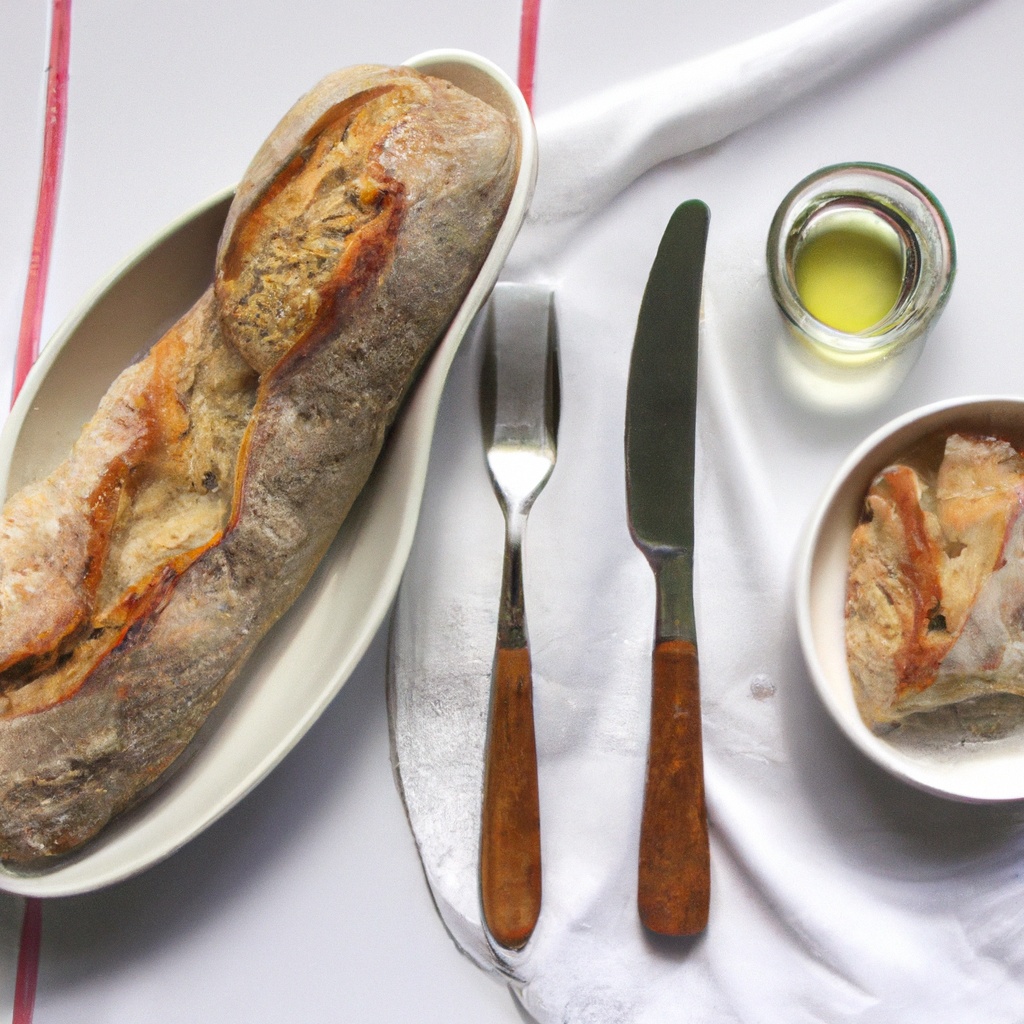PROS
Ciabatta bread is airier and lighter than many other breads, making it perfect for sandwiches or as a side with soups or stews.
Its rustic appearance is perfect for casual gatherings and its unique texture makes it an excellent vessel for various toppings and dips.
CONS
The process of making Ciabatta bread is time-consuming and requires patience as you have to mix and let the dough rise at different times throughout the process.
As the bread is low in fat, it can become stale quickly.
HEALTH & BENEFITS
Ciabatta bread is known for its lower fat and sugar content compared to other breads like sourdough or white bread. It is also a great source of carbohydrates and fiber, which help keep you full for longer periods of time. Whole wheat Ciabatta bread can be even more nutritious as it contains more fiber, vitamins, and minerals.



/rating_off.png)
Leave a Reply